| Structure | Name/CAS No. | Articles |
|---|---|---|
 |
sodium chloride
CAS:7647-14-5 |
|
 |
NPPB
CAS:107254-86-4 |
|
 |
8-Bromoadenosine
CAS:2946-39-6 |
|
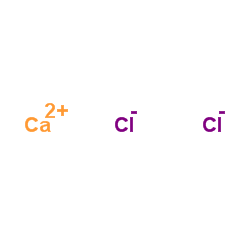 |
Calcium chloride
CAS:10043-52-4 |
|
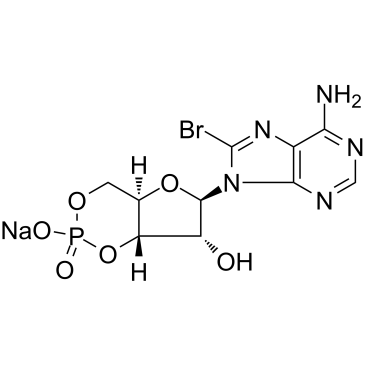 |
8-Bromo-cAMP sodium salt
CAS:76939-46-3 |
|
 |
magnesium sulfate
CAS:7487-88-9 |
|
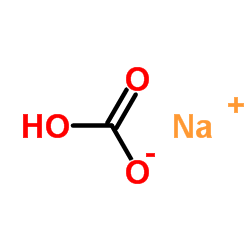 |
SodiuM bicarbonate
CAS:144-55-8 |
|
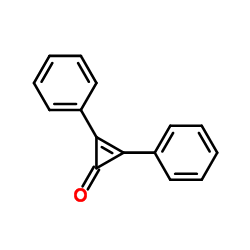 |
DPC
CAS:886-38-4 |
|
 |
SODIUM CHLORIDE-35 CL
CAS:20510-55-8 |
|
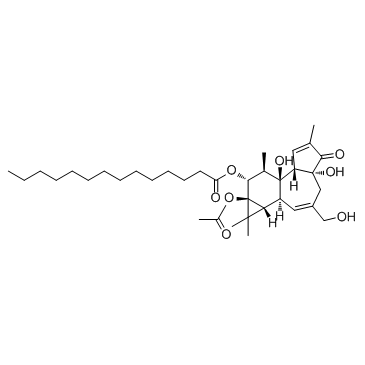 |
12-O-tetradecanoylphorbol-13-acetate
CAS:16561-29-8 |